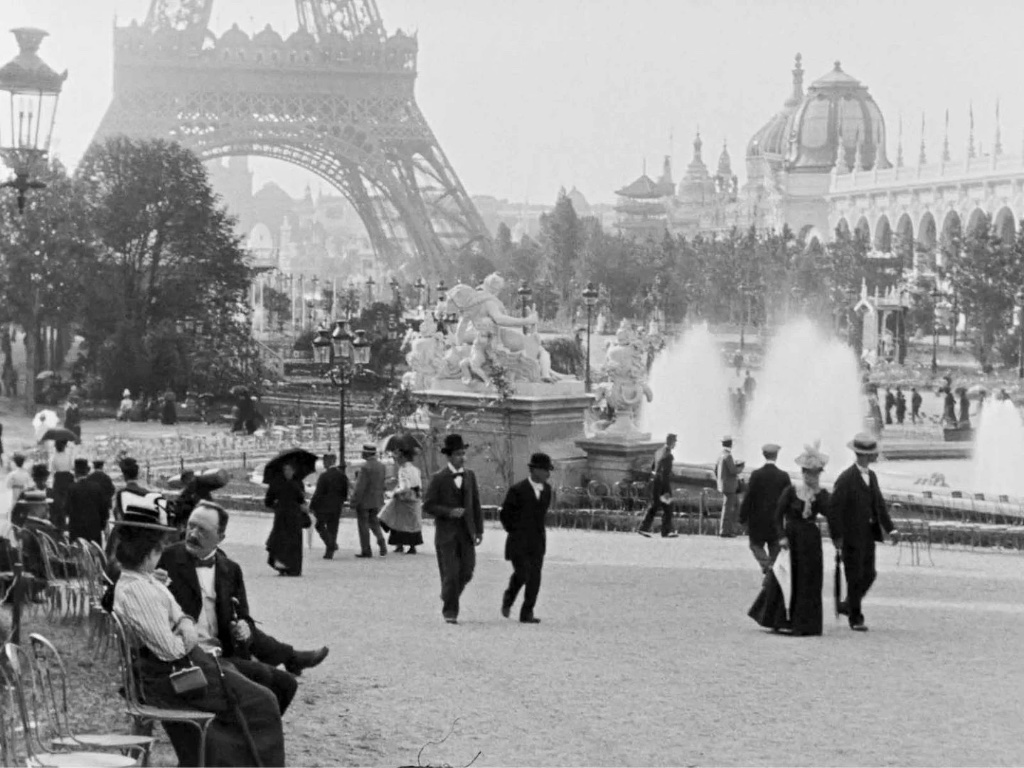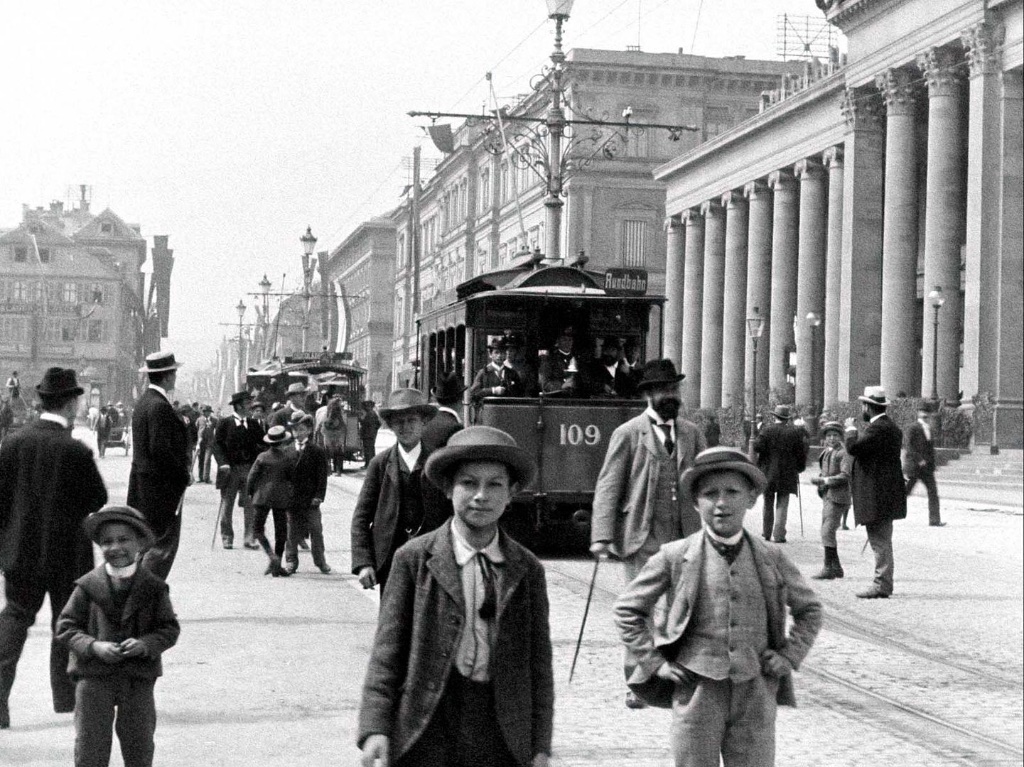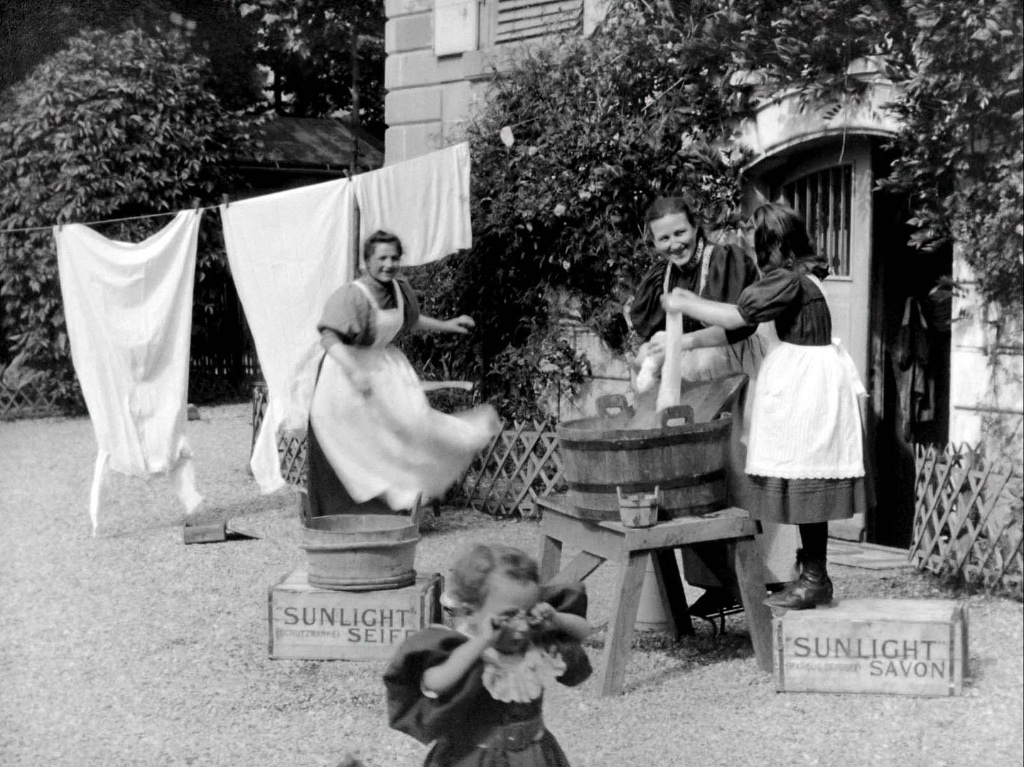The release of Thierry Frémaux’s delightful new documentary, Lumière: l’Aventure Continue, has been timed in France to coincide with the 130th anniversary of the first-ever showing of a film on the big screen, Louis Lumière’s Workers Leaving the Lumière Factory in Lyon.
This is the second movie devoted to the Lumière brothers by Frémaux, who is perhaps best known as the director of the Cannes Film Festival and the Institut Lumière. In remastering over one hundred 50-second clips from the late 19th century, Frémaux, whose wry, somewhat avuncular commentary accompanies the documentary, has brought these historical images to astonishingly vivid life.
While the beginnings of French cinema have been indelibly associated with Louis and Auguste Lumière, it was Louis who directed the vast majority of the extant clips. After showing a visually arresting small piece by Auguste Lumière, Frémaux laments the fact that Auguste did not play more of an active creative role.
In fact, unlike a number of French films that trumpet France as the inventors of cinema, this movie is careful to acknowledge the role played by Thomas Edison’s Kinetoscope and even to assert that the Lumières were not the first to invent the cinematograph (Léon Guillaume Bouly patented the device two years before the Lumières started developing their own version).
As for the mini-movies themselves, the images shown in all their remastered glory are a joy to behold. Louis Lumière captures a vast cross-section of society of the time, and it is especially moving to see the prominence given to ordinary working people: smiling female factory workers, joiners, artisans, porters, coachmen, sailors. (In light of the fact that almost every person from every walk of life is shown wearing sumptuous headgear, the hatmakers’ profession must have seen a catastrophic decline as the 20th century progressed.)
The Lumières traveled to countries other than France, so we are able to enjoy views from such diverse places as 19th-century New York and Algeria. Soldiers on horseback, always happy to parade before the camera, are also a popular topic.
I was especially struck by the way these early directors filmed from moving carriages, boats and especially trains to give a strong sense of rapid movement; one could almost call them the first drones. But perhaps above all it is the faces of the people from the time, in some ways so familiar from early photographs, that come to life most sensationally. Almost every choreographed event is interrupted by curious passers-by who walk up to the camera or by people who have evidently been told not to stare at the lens but who cannot help but gaze in wonder directly at this strange mechanical device.
It must be said that, even though some attempt is made to divide the documentary into thematic chunks, the vast array of short films eventually seem to meld into each other, making the movie’s one hour and 44-minute duration feel a lot longer. Certainly, the repeated clips of actors and acrobats held less interest for me than the depiction of daily life on the streets.
The choice of adding a soundtrack of music by a composer who was at the height of his powers in the 1890s, Gabriel Fauré, works effectively, even though it would seem that little attention was paid to the content of the actual music other than its pace fitting the rhythm of the images: for example, a cello version of Fauré’s heartbreaking song “Après un Rêve” is used twice to accompany some of the most banal street scenes.
These caveats aside, this documentary has enough in it to appeal to movie nerds and general viewers alike. One can only be thankful to these great pioneers of film for providing the foundations for 130 years of wonderful cinematic experiences.
Favorite


